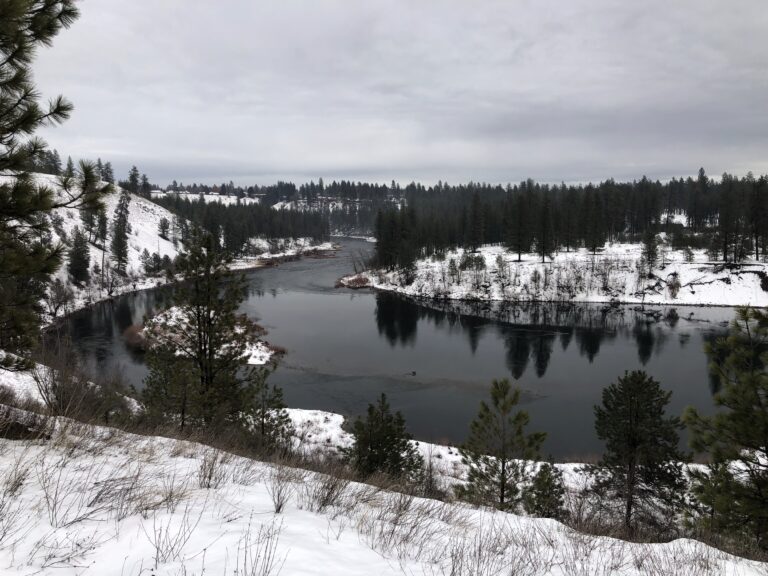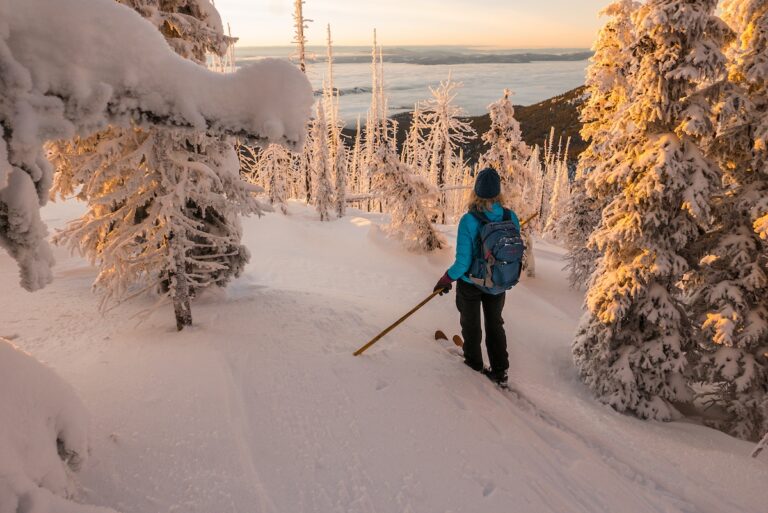To some people, climbing in a gym is the only type of climbing they know; to others it’s simply supplemental training for outdoor climbing. When it’s still too cold to climb real rock outside, it’s the perfect time to ramp up training for the coming season. Below are a few climbing exercises you can do in the gym that focus on limit strength, power, and power endurance to keep you at peak strength.
Limit Strength
According to Eric Horst, author of Conditioning for Climbers, “limit strength is the maximum force you can generate in a single all-out effort.” Limit strength is used when crimping holds or for locking off on a move. Training for this type of movement often involves grip strength. Most climbers are no strangers to pull ups as they remain one of the most effective methods of increasing limit strength. There are numerous variations including weighted pull ups, uneven grip pull ups, wide grip pull ups, and locking off at 90 and 45 degrees. All are useful for increasing limit strength. Dead hangs are also an effective training method for increasing limit strength.
1. Find two holds spaced evenly apart. Start with jugs, but as you get better you can increase the difficulty of the holds.
2. Hang from the holds with your arms straight until your grip fails.
3. Rest and repeat.
Climbing Power
Power is limit strength in the form of quick explosive movements. Power is used in the execution of dead points or dynos, and training for this type of movement often involves working on contact strength. Feet-on lunges is a great beginner exercise to work on contact strength.
1. Position yourself squarely on the wall while holding two evenly spaced jugs (as with dead hangs you can increase the severity of the holds as you get better).
2. Put one arm behind your back.
3. Quickly lunge to a hold slightly higher than your start hold and then return to your start hold. It’s important to note that your feet should not come off the wall.
4. Repeat until you fall off.
Power Endurance
Power endurance is the ability to climb at near maximum strength for extended periods of time. Sport climbers especially rely on power endurance. One of the simplest, although in my opinion hardest, ways to increase power endurance is to add weight through the use of a weight vest/belt while climbing. Because it will be much harder to climb with the added weight, climb three to four grades below your normal onsight level.
One hand traversing is another way to increase both contact and grip strength while also increasing your power endurance.
1. Find a section of the wall with enough room to traverse and position yourself slightly off the ground. In my experience, if you’re just beginning to work on contact strength it takes a bit of trial and error to find your balance, so don’t climb too high.
2. Put one arm behind your back.
3. Traverse by lunging from hold to hold and moving your feet as needed.
4. When you fall off or get to the end, repeat using your other arm.
Campusing, an advanced climbing technique that’s recommended only after you’ve been climbing for at least three to four years to build up the necessary tendon strength, is another great way to work on power endurance. At its simplest, campusing is climbing without your feet. It’s usually done on a campus board featuring evenly spaced rungs, and involves lunging, or dynoing, from rung to rung. All four points of contact should leave the wall as you ascend the rungs. To prevent injury, keep your arms slightly bent and avoid locking your elbows.
Rambos is a relatively simple power endurance-building exercise in theory, but it is both effective and tiring in practice.
1. Pick a route two or three grades below your onsight level.
2. Climb the route.
3. Downclimb the route.
4. Repeat until failure.
Avoid Injury While Training
It’s important to note that unless otherwise stated, these training exercises are not for beginners. As with any exercise, if it hurts, stop! Don’t risk injury by climbing through the pain or neglecting rest days. Allowing your muscles to repair themselves between workouts is essential to see growth and improvement in your climbing abilities. //













